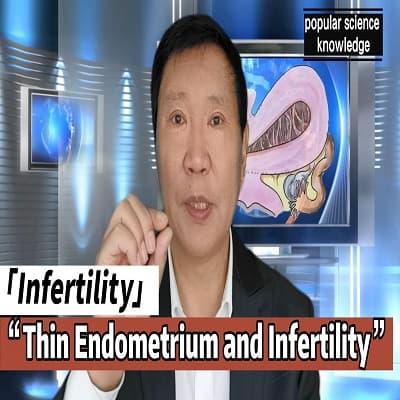A thin endometrium can significantly impact fertility, leading to complications such as infertility, miscarriage, ectopic pregnancy, and biochemical pregnancy. Understanding the causes, diagnosing accurately, and implementing effective treatments are crucial in addressing this issue. In this article, we will delve into the causes of thin endometrium, discuss the diagnostic process, and explore various treatment options to optimize fertility.

视频链接:https://pan.baidu.com/s/1WscwNlxVlN9k_bK7cuvhdw
提取码:oxn1
–来自百度网盘超级会员V5的分享
Causes of Thin Endometrium:Thin endometrium can stem from multiple factors. Firstly, uterine adhesions resulting from previous uterine cavity procedures or induced abortions can lead to endometrial damage. Secondly, hormonal imbalances and endocrine disorders, such as insufficient estrogen levels, premature ovarian failure, and reduced ovarian reserve, can contribute to thin endometrium. Additionally, inadequate progesterone production and impaired proliferation and transformation of the endometrium may also cause thinning.
Accurate Diagnosis of Thin Endometrium:Precise diagnosis is vital in determining the appropriate treatment for thin endometrium. The thickness of the endometrium is typically evaluated between days 21 and 24 of the menstrual cycle, approximately 20 days after menstruation begins. This assessment is performed around one week after ovulation. It is important to note that the endometrium appears naturally thin in the early days of menstruation. A normal endometrial thickness ranges from 0.8 to 1.2 cm. If the measurement falls below 0.8 cm between days 21 and 25 of a 28-day cycle, it indicates thin endometrium.
Treatment Options for Thin Endometrium:Treating thin endometrium requires a tailored approach based on the underlying cause. For cases related to hormonal imbalances, hormone regulation is necessary. Careful hormone supplementation, including appropriate doses of estrogen and growth hormones, can promote endometrial thickening. However, excessive hormone supplementation should be avoided as it can lead to adverse effects. It is essential to strike a balance and ensure hormone levels reach normal ranges without overcompensation. Proper evaluation of individual needs is crucial to determine the required dosage.
In situations involving uterine adhesions, surgical intervention may be necessary. Procedures like hysteroscopy can be performed to separate the adhesions and restore the uterine cavity. During this procedure, a uterine mold or transplanted endometrial cells coated with biological glue can be used to facilitate endometrial growth and alleviate adhesion-related complications.
Conclusion:Understanding the impact of thin endometrium on fertility is essential for those experiencing difficulties in conceiving. Accurate diagnosis and tailored treatments based on the underlying causes, such as hormone regulation or surgical intervention, can help optimize endometrial thickness and improve fertility outcomes. If you are facing issues related to thin endometrium, Beijing Antai Hospital offers a comprehensive signing up treatment program with specialized expertise to guide you through the process and enhance your chances of successful conception.
 安太医院
安太医院







您好!请登录